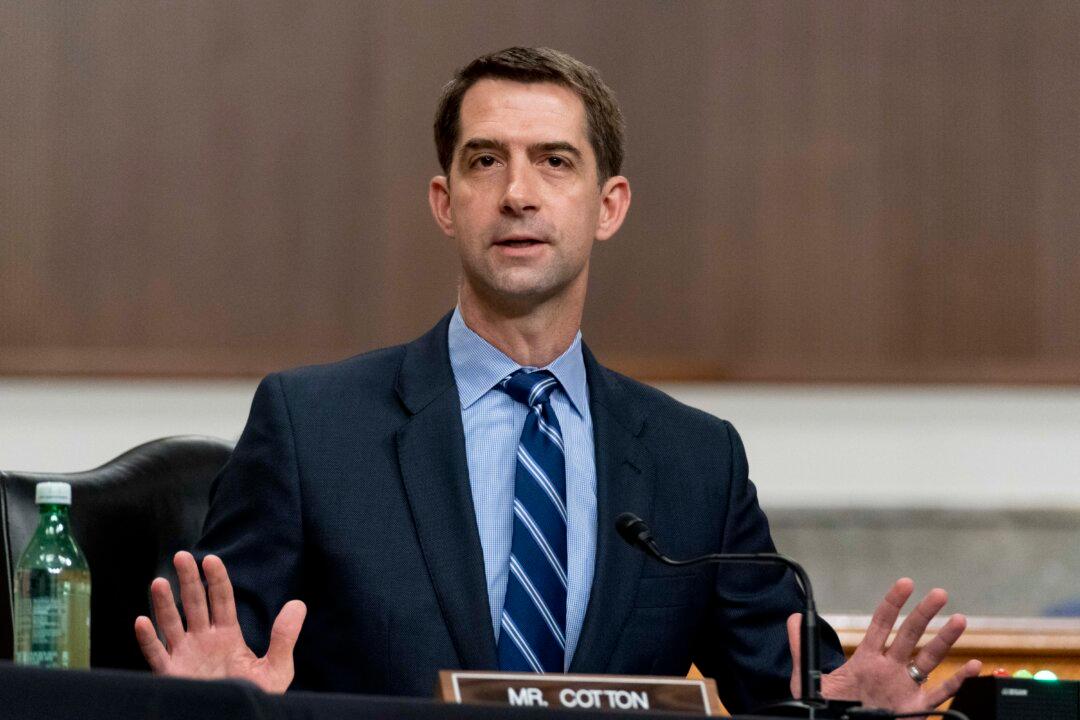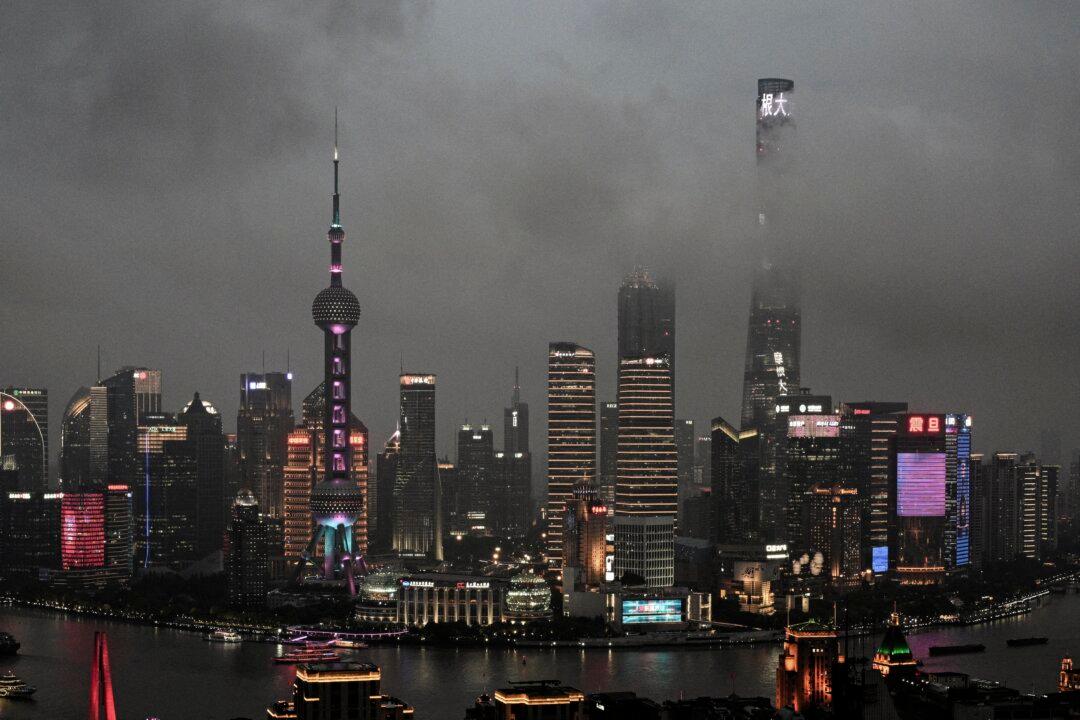A group of lawmakers has urged the Pentagon to develop a plan to address the Chinese Communist Party’s (CCP’s) activities in seabed mining as Beijing is set to dominate the area.
In a letter dated Dec. 7 to Secretary of Defense Lloyd Austin, Reps. Rob Wittman (R-Va.) and Elise Stefanik (R-N.Y.) and a group of over 30 lawmakers raised concerns about the CCP’s investment in seabed mining, which potentially strengthens Beijing’s dominance in critical mineral resources.




